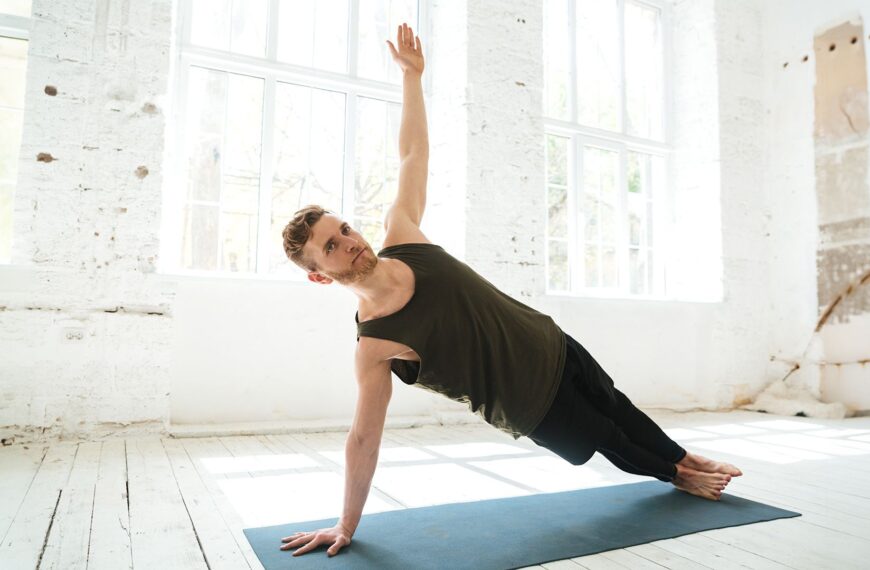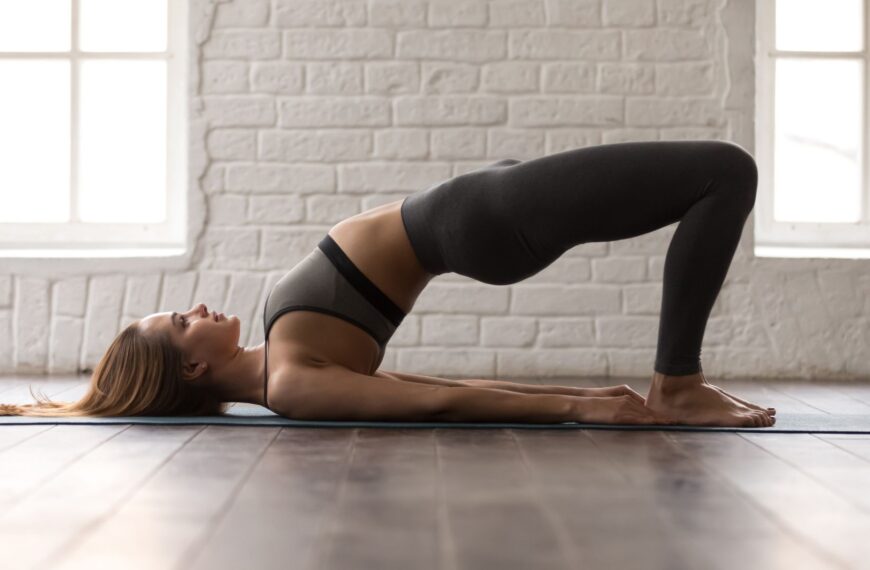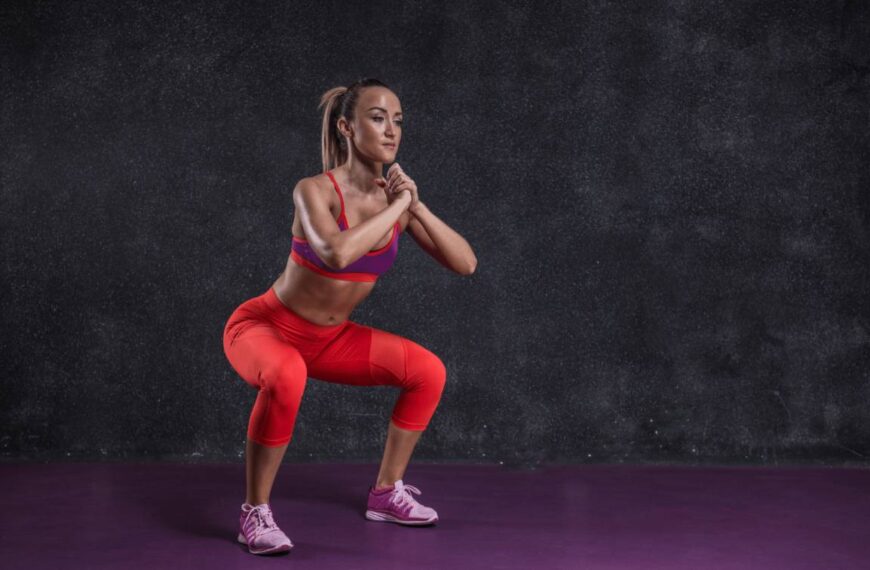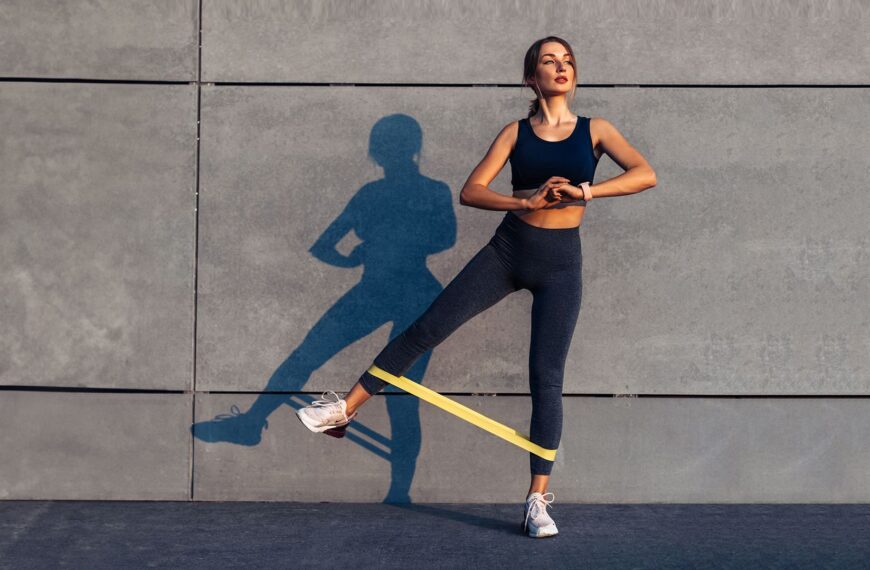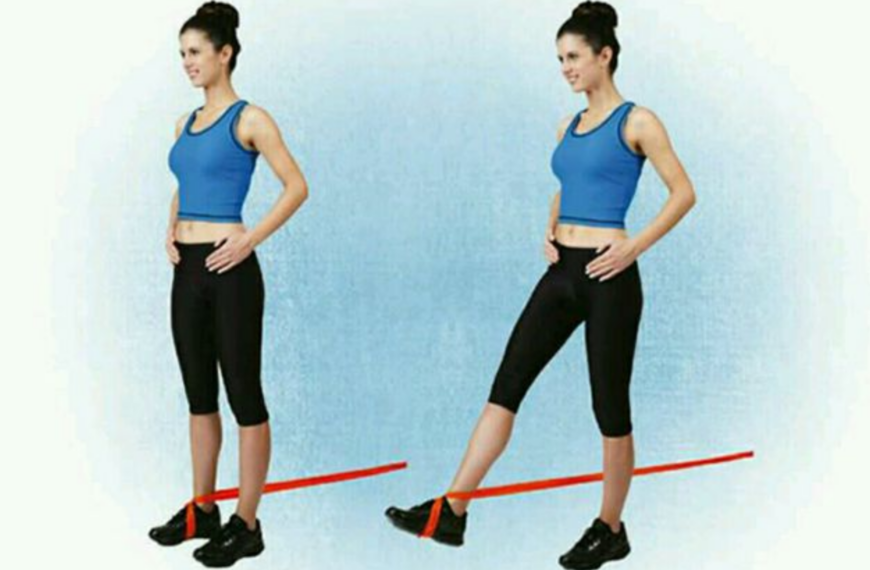Yoga is a beneficial practice that improves physical and mental well-being. One popular yoga sequence is the transition from Updog to Child Pose. This fluid movement not only stretches and strengthens the body but also promotes mindfulness and deep breathing. In this guide, we will explore the Updog to Child Pose exercise, its benefits, and how to perform it correctly.
This article covers the Updog to Child Pose exercise and provides a comprehensive guide.
- The Updog to Child Pose exercise is a combination movement that targets the back, core, and hips.
- It involves transitioning from Updog (a yoga pose that opens the chest and stretches the front of the body) to Child Pose (a resting pose that stretches the back and relaxes the body).
- This article provides step-by-step instructions on how to perform the Updog to Child Pose exercise correctly, along with tips, variations, and benefits of the exercise.
Understanding Updog and Child Pose
Before we dive into the Updog to Child Pose exercise, let’s first understand the individual poses.
1. Updog (Urdhva Mukha Svanasana)
Updog, or Urdhva Mukha Svanasana, is a backbend pose that targets the upper body. It stretches the chest, shoulders, and abdomen while strengthening the arms and wrists. Updog improves posture and opens up the front of the body.
To perform Updog, start by lying face down on your mat. Place your palms beside your chest, fingers spread wide. Press your hands into the mat as you straighten your arms, lifting your torso and thighs off the ground. Keep your legs straight and engaged, with the tops of your feet pressing into the mat. Relax your shoulders and gaze forward or slightly upward. Breathe deeply and hold the pose.
2. Child Pose (Balasana)
Child Pose, or Balasana, is a restorative pose that promotes relaxation and releases tension. It gently stretches the hips, thighs, and ankles, while soothing the mind and relieving stress. Child Pose can be used as a resting pose during a yoga practice or as a way to calm the mind and body.
To get into Child Pose, kneel on the mat with your knees hip-width apart. Sit back on your heels and slowly lower your torso forward, resting your forehead on the mat. Extend your arms forward or alongside your body, palms facing up. Allow your shoulders to relax and your breath to deepen. Stay in this pose for a few breaths or as long as comfortable.
The Updog to Child Pose Exercise
The Updog to Child Pose exercise is a seamless transition between the two poses, creating a fluid movement that engages the entire body. This exercise stretches and strengthens the back, shoulders, and hips, while improving flexibility and promoting relaxation.
To perform the Updog to Child Pose exercise:
- 1. Start in a plank position with your palms flat on the mat, shoulder-width apart, and your body in a straight line from head to heels.
- 2. Lower your body down to the mat, bending your elbows and keeping them close to your sides. Shift your weight forward, allowing your chest to come forward and your hips to lower.
- 3. Once your body is flat on the mat, slide your hands back beside your lower ribs. Press into your hands as you lift your chest off the mat, keeping your legs and pelvis in contact with the mat. This is Updog.
- 4. From Updog, exhale and lift your hips up and back, coming into Downward Facing Dog pose.
- 5. Take a few breaths in Downward Facing Dog, allowing your heels to sink toward the mat and your head to relax between your arms.
- 6. From Downward Facing Dog, slowly lower your knees to the mat and shift your hips back, coming into Child Pose.
- 7. Stay in Child Pose for a few breaths, focusing on deepening your breath and relaxing your body.
- 8. To transition back to Updog, inhale and come onto your hands and knees, then lift your hips up and back into Downward Facing Dog.
- 9. Repeat the entire sequence several times, moving with your breath and finding a comfortable rhythm.
Benefits of the Updog to Child Pose Exercise
The Updog to Child Pose exercise offers a wide range of benefits for the body and mind. Here are some key advantages of incorporating this exercise into your yoga practice:
1. Full-Body Stretch
The Updog to Child Pose exercise provides a deep stretch for the entire body. Updog stretches the chest, shoulders, and abdomen, while Child Pose stretches the hips, thighs, and ankles. This sequence helps release tension and tightness, promoting overall flexibility and freedom of movement.
2. Strengthens the Back and Shoulders
Both Updog and Child Pose engage the muscles of the back and shoulders. Updog strengthens the muscles of the upper back, including the rhomboids, trapezius, and erector spinae. Child Pose activates the muscles of the lower back, promoting strength and stability.
3. Enhances Flexibility
The Updog to Child Pose exercise is an excellent way to improve flexibility. The transition between the two poses requires a combination of spinal extension and flexion, which helps increase the range of motion in the spine. Regular practice of this exercise can lead to improved flexibility in the back, shoulders, and hips.
4. Calms the Mind and Relieves Stress
Child Pose is a deeply relaxing pose that encourages introspection and mindfulness. By transitioning from Updog to Child Pose, you can create a sense of calm and tranquility in both the body and mind. This exercise is particularly beneficial for reducing stress and anxiety, promoting relaxation, and improving overall well-being.
| Benefit | Description |
|---|---|
| Full-Body Stretch | Provides a deep stretch for the entire body, releasing tension and promoting overall flexibility and freedom of movement. |
| Strengthens the Back and Shoulders | Engages the muscles of the back and shoulders, promoting strength and stability. |
| Enhances Flexibility | Improves flexibility in the back, shoulders, and hips through a combination of spinal extension and flexion. |
| Calms the Mind and Relieves Stress | Encourages introspection and mindfulness, reducing stress and anxiety and promoting relaxation and overall well-being. |
Precautions and Modifications
While the Updog to Child Pose exercise is generally safe for most individuals, it’s important to listen to your body and make modifications as needed. Here are a few precautions and modifications to keep in mind:
- 1. Pregnancy: If you are pregnant, consult with your healthcare provider before attempting any new exercises, including the Updog to Child Pose exercise. Certain yoga poses are not recommended during pregnancy, and modifications may be necessary to ensure your safety and the safety of your baby.
- 2. Injury or Medical Conditions: If you have pre-existing injuries or medical conditions, seek guidance from a qualified yoga instructor or healthcare professional. They can provide personalized modifications and ensure the exercise is suitable for your specific needs.
- 3. Flexibility and Strength: If you have limited flexibility or strength, modify the Updog to Child Pose exercise to suit your abilities. For example, you can lower your knees to the mat during the transition from Updog to Child Pose to reduce the intensity of the movement.
Conclusion
The Updog to Child Pose exercise is a dynamic and effective sequence that offers numerous benefits for the body and mind. By incorporating this exercise into your yoga practice, you can improve flexibility, strengthen the back and shoulders, and promote relaxation. Remember to listen to your body, make modifications as needed, and always practice with mindfulness and awareness. Enjoy the journey of exploring this beautiful and transformative exercise!
How the Merlin App Helps with Updog to Child Pose Exercise
The Merlin App offers invaluable guidance and support to help users seamlessly transition from the Upward Facing Dog (Updog) pose to the Child’s Pose in their yoga practice. This transition is a fundamental part of many yoga flows, particularly those involving the Sun Salutation sequence. Here’s how the app can assist practitioners in performing this transition with ease and precision.
Firstly, the app employs its AI Real-Time Feedback feature to monitor your form and alignment throughout the entire sequence. When you enter the Updog pose, the app’s AI system can assess your body positioning, ensuring that your hands are firmly planted, shoulders are rolled back, and your spine is extended. If there are any deviations from the correct form, the app provides instant feedback, such as verbal cues or visual indicators, to help you make the necessary adjustments.
As you begin the transition from Updog to Child’s Pose, the Merlin App’s voice feedback comes into play. It offers clear and concise instructions, reminding you to smoothly lower your hips towards your heels while extending your arms forward. This real-time vocal guidance can be a game-changer for those new to yoga, as it helps them coordinate their movements and maintain proper alignment throughout the transition.



